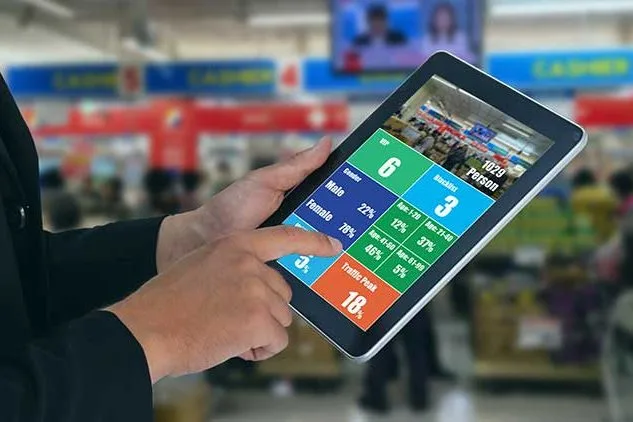How to Use Predictive Analytics

The most successful retail businesses are those that can anticipate customer wants and behaviors and respond early. Predictive analytics allows you to do that by providing a glimpse of the future and showing you what actions to take to capitalize on those opportunities.
In this post, we’ll look at 4 ways you can use predictive analytics to keep your customers happy and help your business run smoothly.
Personalize Special Offers & Marketing Messages
Even with customer profiles, delivering targeted offers and marketing messages to shoppers is difficult. Not only does each person follow a different customer journey, but they’re also interested in a unique set of products.
Knowing exactly what your customers want allows you to tailor your offers to their specific interests and personalize your marketing campaigns to their individual pain points, rather than targeting an entire customer segment with the same message.
And predictive analytics makes that possible by enabling you to extrapolate future purchases from previous buying patterns and browsing behavior. With predictive analytics, you can:
- See which products your customers buy most often
- Detect patterns in purchases (i.e. those around seasonal holidays, back to school events and birthdays)
- Pinpoint complementary products they’ll likely be interested in based on past purchases
- Identify new inventory your customers are likely to purchase based on categorical interests, like camping, gaming, or movies
Provide Proactive Customer Care
Often, customers have to reach out to your customer support team to get answers to questions or find solutions to problems. This can put a chink in the customer experience, as they have to stop browsing or shopping to connect with an agent.
Using predictive analytics, you can preemptively solve this problem by anticipating the issues your customers will have. You can evaluate customer support data to determine when customers most often have questions and identify common problems associated with each instance (i.e card verification trouble on the check out page or sizing questions on specific product pages). And once you know what information your customers routinely look for, you can offer it proactively by:
- Creating FAQ sections on each web page to answer your customers frequently asked questions
- Using chatbots to share blog articles and other documents from your knowledge center at key points in the browsing session
- Directing chatbots to offer conversation prompts on certain web pages to make sure all questions can be answered quickly and effectively
Reduce Customer Churn
The average customer retention rate is below 20% for most industries, so it’s important to detect customer churn before it happens. If you don’t, you can wind up unnecessarily losing shoppers.
Predictive analytics helps you pinpoint shoppers who are likely to leave for a competitor, by scouring activity metrics and analyzing customer feedback to find unengaged and unhappy customers. And once you have those metrics in hand, you can use them to reconnect with shoppers, provide special offers, and enhance your customer experience for future interactions.
Optimize Your Inventory Levels
Stocking inventory can’t be guesswork. But if your inventory is managed in silos or you use outdated sales data, it can be. And that can mean product waste and backorders.
With predictive analytics, you can effectively determine how much of each product you need by viewing your inventory organization-wide and analyzing product demand. You can even identify where the demand is to make sure you always have what you need, where you need it.
This makes it possible to successfully optimize your inventory for current sales and predict inventory needs for future products.
While it isn’t possible to read your customers’ minds, predictive analytics can help you get pretty close by helping you anticipate their needs, wants, and behaviors. As a result, you can optimize your inventory, reduce customer churn, personalize your marketing, deliver proactive customer care, and generally provide a customer experience that your shoppers will love.
